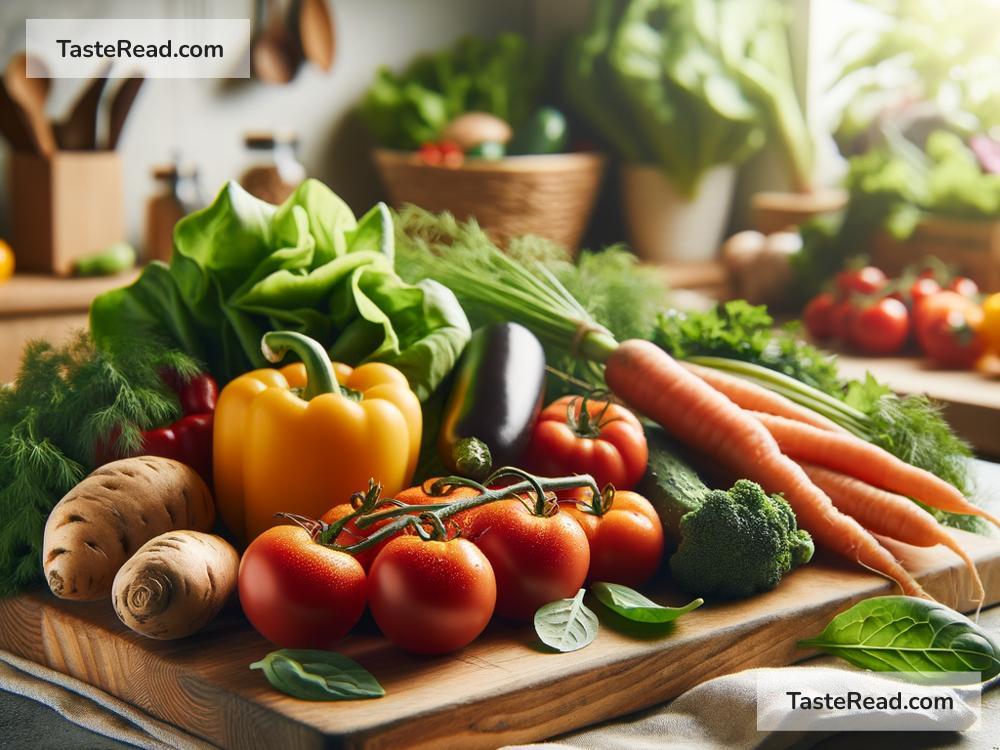How to Cook with Food Co-Op Produce
If you’re exploring healthier, fresher, and more sustainable ways to eat, becoming part of a food co-operative (food co-op) might be the perfect step for you. Food co-ops are community-based organizations that allow you to get closer to your food’s source, often offering seasonal, organic, and locally grown produce at a reasonable price. Beyond the benefits to your health and the planet, cooking with food co-op produce can introduce variety and adventure into your meals. Here’s how you can maximize your food co-op haul in the kitchen.
Start With What’s Fresh and Seasonal
The coolest thing about food co-ops is that they prioritize what’s in season. This means you’ll be getting produce at its peak, packed with flavor and nutrients. Cooking based on what’s available seasonally can also nudge you out of your culinary comfort zone, inspiring you to try new recipes.
Before heading to the co-op, do a little research on which fruits and vegetables are in season. When you’re there, don’t hesitate to ask staff for their recommendations. They can often share insights about the produce, from where it’s sourced to how best to cook it.
Plan Your Meals Around Your Produce
Got a bunch of vibrant veggies and fruits from your local co-op? Great! Now, let these ingredients take center stage in your meal planning. If you’ve scored some gorgeous heirloom tomatoes and fresh basil, for instance, a homemade pizza or pasta with a fresh tomato sauce could be on the menu.
When you’re planning, think about how to utilize everything. Hearty greens can be transformed into a warm salad, stir-fry, or added to soups. Root vegetables can be roasted, mashed, or turned into hearty stews. Fruits can find their way into breakfasts, desserts, or even savory dishes.
Learn Preservation Techniques
One of the joys and challenges of food co-op shopping is that you often end up with a lot of produce at once, especially if you’re part of a produce share or CSA (Community Supported Agriculture). Learning some basic preservation techniques can help you extend the life of your fruits and vegetables, ensuring nothing goes to waste.
Blanching and freezing is great for many vegetables, letting you enjoy them months later. Pickling can transform your cucumbers, carrots, and even some fruits into tangy treats. And don’t forget about making jams, pestos, or sauces that can be canned or frozen.
Experiment and Substitute
Food co-ops can introduce you to a whole world of new and unusual produce. Ever cooked with kohlrabi? Or made a dessert with persimmons? Now’s your chance! Use these unique finds to substitute for more common ingredients in your favorite recipes. Swap in sweet potatoes for regular ones, try different types of squashes, or use that bunch of kale in place of spinach.
The key here is to not be afraid of experimenting. The results could lead to discovering a new favorite dish or ingredient. Plus, substituting allows you to play around with flavors and textures, keeping your meals interesting.
Share and Learn
One of the best things about being part of a food co-op is the community aspect. Don’t miss the chance to share your cooking adventures with fellow members. Many co-ops have bulletin boards, newsletters, or social media groups where members can exchange recipes, tips, and ideas.
Likewise, take the opportunity to learn from others. Attend cooking demos, workshops, or potluck events if your co-op offers them. You’ll be surprised at how much there is to learn from the collective wisdom of the co-op community.
Conclusion
Cooking with produce from a food co-op isn’t just about putting food on the table; it’s about connecting with your food on a deeper level. It encourages mindful eating, supports local agriculture, and fosters community. Plus, it can be incredibly fun and rewarding.
So, next time you bring home a bounty of food co-op produce, embrace the opportunity to get creative in the kitchen. Who knows? You might just whip up some of your best meals yet, all while doing your part for the planet and your health.


